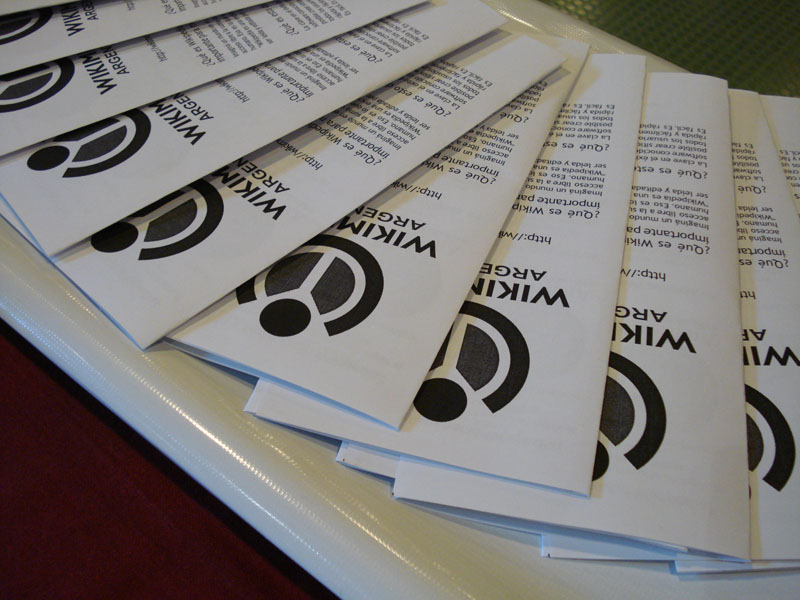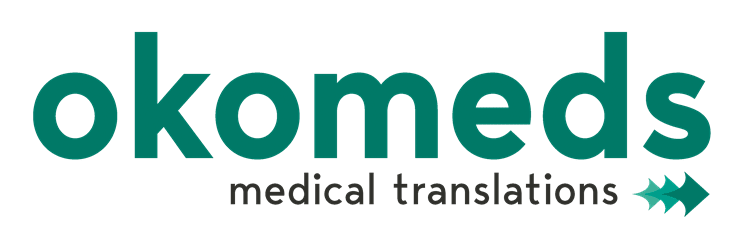
10 Jul Document types: medical brochures
Making medical knowledge more widespread is crucial in order for patients to be up to date regarding new developments in inoculation, new treatments for some diseases, etc. The best tool for this are medical brochures.
They provide basic data and advice regarding certain diseases, as well as basic ideas that facilitate communication between patients and doctors.
Parts of a medical leaflet.
Leaflets usually have these parts:
- Cover title
- Internal titles
- Text
- Closing logo
The information is usually divided into sections to make it more easily understandable. This also makes it easier to read. Information is usually structured as follows:
- From simple to complex
- From known to unknown
- From central to secondary
Information to be included.
The information provided in a medical brochure should be the following:
- Clarity: they should explain the information to be provided, using a simple, clear language
- Brevity: because of the little space available, information must be brief, so the information strictly required must be provided.
- Naturalness: because it is aimed at the public at large, it must be written in plain language, yet not colloquially.
For this reason, medical brochures must be translated into various languages. Unlike other types of documents, they are usually (but not always) translated from English into other languages, preserving their purpose of making knowledge widespread.
As in the rest of medical translations, an accurate, careful translation is crucial, as, due to their informational and educational nature, any failure might lead patients to mistake and confusion.






No Comments